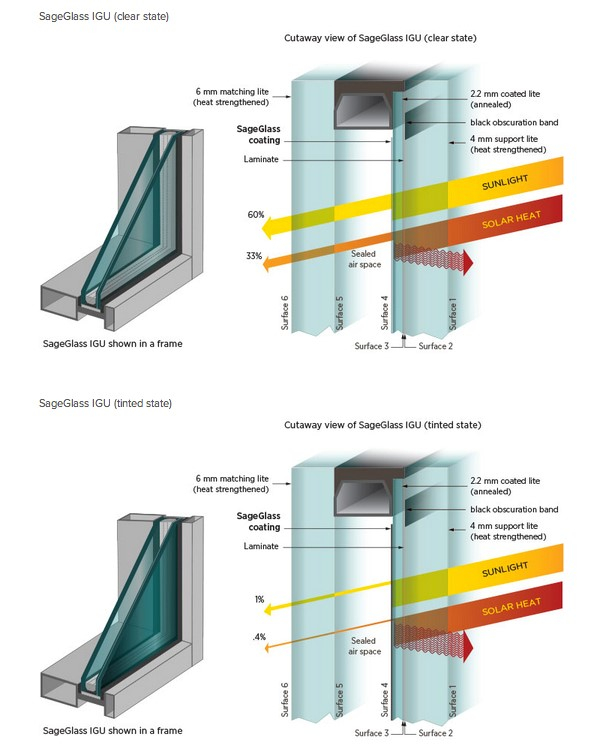Said plainly, the breadth of scope of building information modeling (BIM) far exceeds the depth of expertise of any individual stakeholder of it, and therefore can be rather intimidating to all. This poses a significant challenge to manage expectations across a community of stakeholders whose concern is that present contributions add up to actual greater good. It is not surprising then that the overall initial response by most practitioners is a reactive caution toward adopting new BIM technologies. This is primarily influenced by several generations across the whole AECO market that have been functioning out of a litigious mindset focused on mitigating risks. Unfortunately, this regularly stifles introducing new solutions of many kinds.

Together the science and philosophy of BIM represent a vast and ever-expanding input domain of discourse that includes an output range of BIM described by a defined collection set of relevant BIM variables.
Science:
BIM is an emerging empirical inter-disciplinary science. This is because it involves several established pure and applied sciences. Indeed, there are many already available resources that help us model building-related sensible objects such as:
- component materials
- sub/superstructures
- heating/cooling loads
These examples are primarily created using awareness of chemistry, formulas from classical physics and simulations of fluid dynamics respectively. Existing tools in practice are: Autodesk Revit, Tekla Structure, and DOE EnergyPlus.
Philosophy:
BIM is also an emerging non-empirical, inter-branch philosophy. This is because it involves several established pure and applied philosophies. Available resources that help us model building-related conceptual variables include:
- government standards
- professional association contract templates
- industry group classification tables
These examples are primarily created using aesthetic good and bad judgments, ethical right and wrong conduct, and metaphysical content organizing ontologies respectively.
Existing tools we see in practice are: US NBIMS v3, AIA E202, and CSI MasterFormat.
In scope:
It is compelling to recognize the huge expanse of BIM when simply attempting to describe: “What is BIM?”
BIM can be used to capture objects and variables at the planet, cell and sub-atomic scales, including earth, life, and physical sciences respectively. Existing objects Array has specified for hospitals include: solid surfaces made of resin-infused paper; air sanitizers using AHPCO Cells; and solar-activated tinting glass.

Examples of inputs that affect building assembly/component design decisions are carbon loads, occupant air quality, and daylight loads respectively.
Examples of outputs of building assembly/component design decisions that can be captured in BIM are recycled materials, airborne particulates filters, and exterior glazing / shading elements respectively.
CMS cost reimbursement space boundaries laser verified; equipment lists using COBie2 format, and whole-building envelop as one dynamic system are examples of existing variables Array has specified recently for hospitals.
BIM can also be used to capture objects and variables related to the human mind, including humanities (except art and theology), social science and formal science.
Inputs that affect building assembly/component design decisions include: geospatial recognition, building operational expenses, and parametric generative computations respectively.
Outputs of building assembly/component design decisions that can be captured in BIM include: indoor space wayfinding signage, integrated workplace software integrations, and biomimicry-inspired curtain walls layouts respectively.
Proactive confidence:
A “capability mindset” has started to reveal itself, however, and integrates a collaborative spirit that embraces an attitude of desire to share rewards as a top priority instead of mitigating risks. One very important opportunity related to this is exposed if we allow ourselves to recognize the potential for BIM is bigger than any one of us individually can know, and maybe is even bigger than all of us collectively can possibly know. Turns out when stakeholders actively acknowledge that the scope of BIM is broader than their own contributions, then awareness, willingness and finally a deep desire to start to truly discover and repeatedly deliver – that new and superior building information model view definitions become possible. This typically does not feel intuitive, but it is now becoming proven that being open to balancing project needs with portfolio needs can, and usually does, lead to a newfound proactive confidence of all stakeholders toward implementing BIM.
Accelerating adoption:
Regardless of which model view definition we end up individually contributing to, if we hold ourselves personally accountable to carefully consider representing true, observable phenomenon as BIM objects and repeatable conceptual constructs as BIM variables—and do so with a willingness to include reasonable, additional effort to support a broader context that believes these contributions are part of a much larger scope of BIM that benefits all stakeholders—these combined contributions will have excellent potential to reflect a present greater good much larger than the actual sum of their individual contents parts.
This will retroactively provide a positive feedback loop, enabling real, tangible improvement in all stakeholder confidence. Improved stakeholder confidence is what can then lead directly to accelerating adoption of BIM in practice across your project, portfolio, and maybe even the entire AECO industry.

